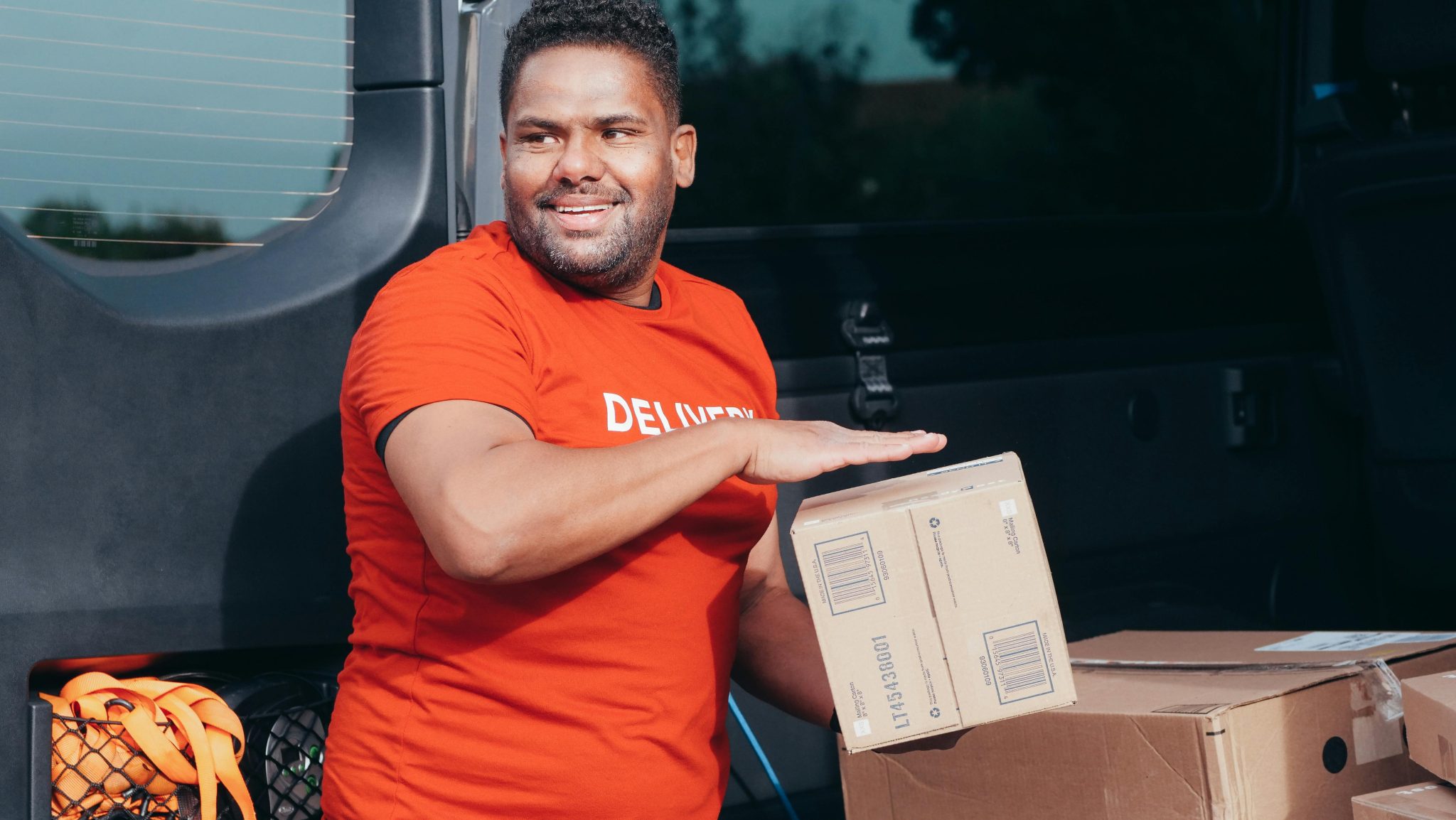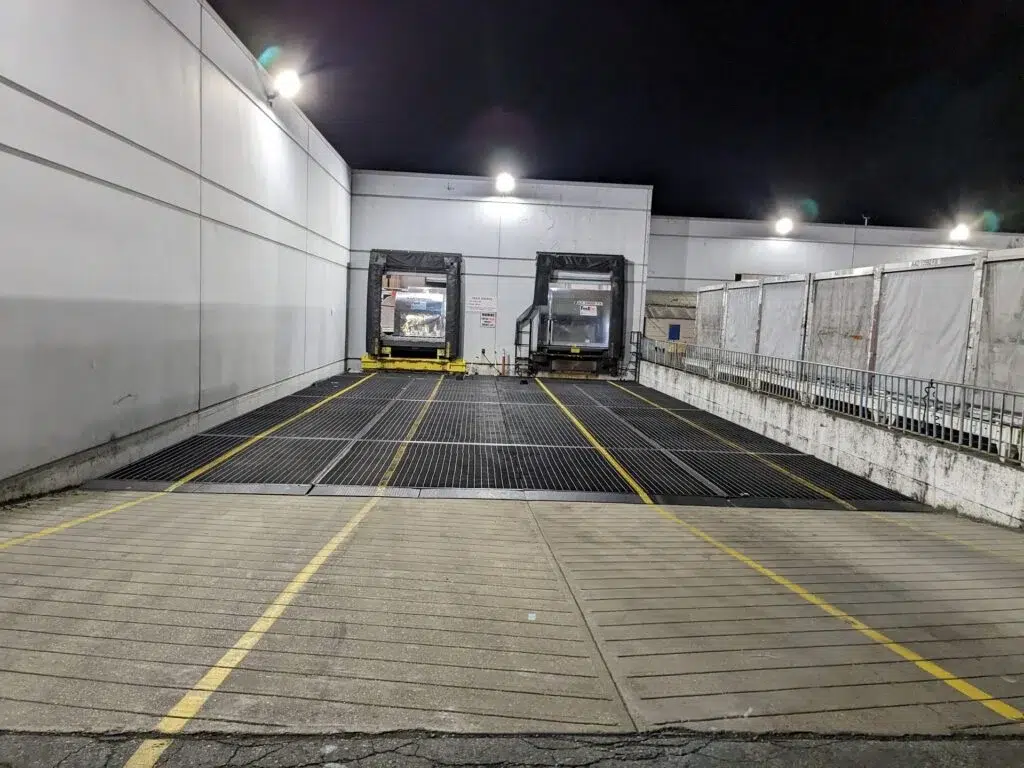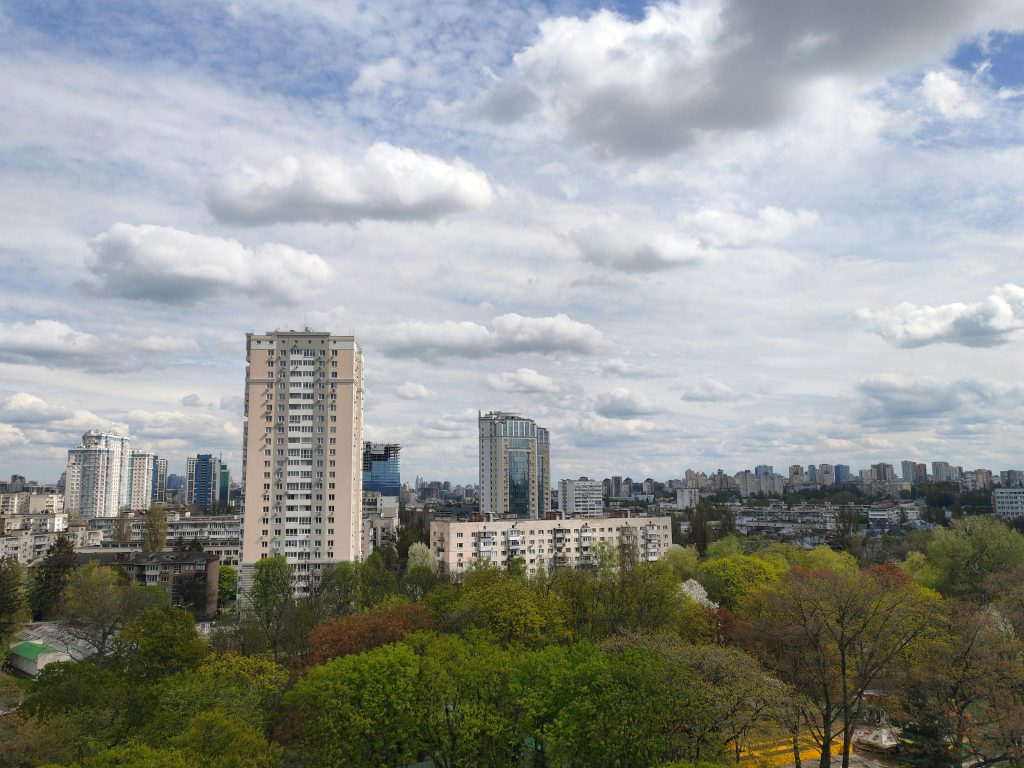Few things test a shopper’s patience like a delayed delivery. You’ve done everything right, placed the order, paid on time, received the confirmation and yet the expected delivery day comes and goes without a knock on the door. The tracking page still says “in transit,” customer service blames “logistics issues,” and suddenly, that thrill of buying online turns into mild frustration.
For millions of people who shop online every day, missed delivery dates have become almost normal. But as e-commerce becomes faster, more global, and more complex, understanding why this keeps happening can help set expectations.
The fragile promise of fast delivery
Speed is one of online shopping’s biggest selling points. From next-day shipping to guaranteed delivery windows, e-commerce platforms have trained consumers to expect precision. But logistics, by nature, is unpredictable. Even the most advanced networks rely on factors that no algorithm can fully control weather, customs, labor strikes, fuel shortages, or simply overwhelming demand. What can be done though, is tracking with universal trackers, such as the EMS tracking tool, that handles most of the small packets originating from Asia.
Industry experts call this the “last-mile paradox.” The closer a parcel gets to the customer, the more likely it is to face delays. It might seem counterintuitive, but while international flights and cross-border logistics are relatively standardized, local delivery often depends on smaller regional operators with limited capacity.
In other words, the most delicate part of the journey is often the final stretch.
Hidden complexity behind every click

When you buy something online, especially from international marketplaces, your order rarely travels through one courier. It’s handled by multiple carriers, each with its own system, timeline, and data format.
A parcel might start in a factory in Shenzhen, move through a fulfillment center, get flown to Delhi or São Paulo, and then handed to a local courier for final delivery. Along the way, tracking numbers change, updates lag, and information doesn’t always sync in real time.
That’s why the delivery date shown at checkout is often an estimate, not a promise. Retailers build those timelines on average delivery patterns, not live data. A single bottleneck, a customs backlog, a missed flight, or an overbooked truck can throw the schedule off by days.
The role of tracking technology
Ironically, one of the best tools for reducing frustration around delays is also one of the simplest: advanced tracking. Modern tracking systems are far more advanced than they used to be. They compile information from multiple logistics partners and present it to consumers in one consistent timeline, helping them see where delays actually occur.
Platforms like Ordertracker have become popular for precisely this reason. Instead of jumping between courier websites or trying to interpret vague updates, users can follow their parcels across borders and carriers in one place. While it doesn’t make the package move faster, it gives buyers clarity and that alone can make a big difference in how they perceive the experience.
Transparency, as logistics experts note, is becoming as important as speed. Customers are generally forgiving about delays if they understand what’s happening and when to expect progress. It’s the lack of updates and not waiting, that causes the most frustration.
When expectations and logistics collide
The global e-commerce boom has put enormous pressure on delivery networks. Major shopping events like Singles’ Day, Black Friday, and Diwali sales create spikes in orders that can overwhelm sorting hubs and couriers. During those peaks, even companies with the best infrastructure struggle to maintain promised delivery windows.
And yet, marketing campaigns continue to promise “guaranteed” delivery times. Retailers walk a fine line: they need to attract buyers with fast service while knowing that global logistics can be unpredictable. It’s a race between expectation and reality, one that technology is still trying to reconcile.
The future of accurate delivery

To close the gap between promise and performance, logistics companies are investing heavily in predictive analytics. By using real-time data from weather systems, road sensors, and carrier performance, these models can forecast delays before they happen.
For consumers, this could mean more accurate delivery windows, perhaps even updates that say why a package is late, not just that it is. The more transparency built into the system, the more trust it generates.
In some ways, the modern tracking page is becoming the new customer service desk. Instead of calling or emailing, shoppers now refresh updates that provide live information often with more accuracy than any support agent could offer.
The bottom line
Missed delivery dates are a symptom of scale, not neglect. The sheer complexity of moving billions of parcels across borders means occasional delays are inevitable. But technology is catching up. The combination of smarter logistics, clearer communication, and unified tracking platforms is slowly turning frustration into information.
For shoppers, the key is patience and awareness. Every delivery is a collaboration between dozens of moving parts, most invisible to the naked eye. The next time your parcel is late, it might not be lost, it might just be taking the long way home.





















